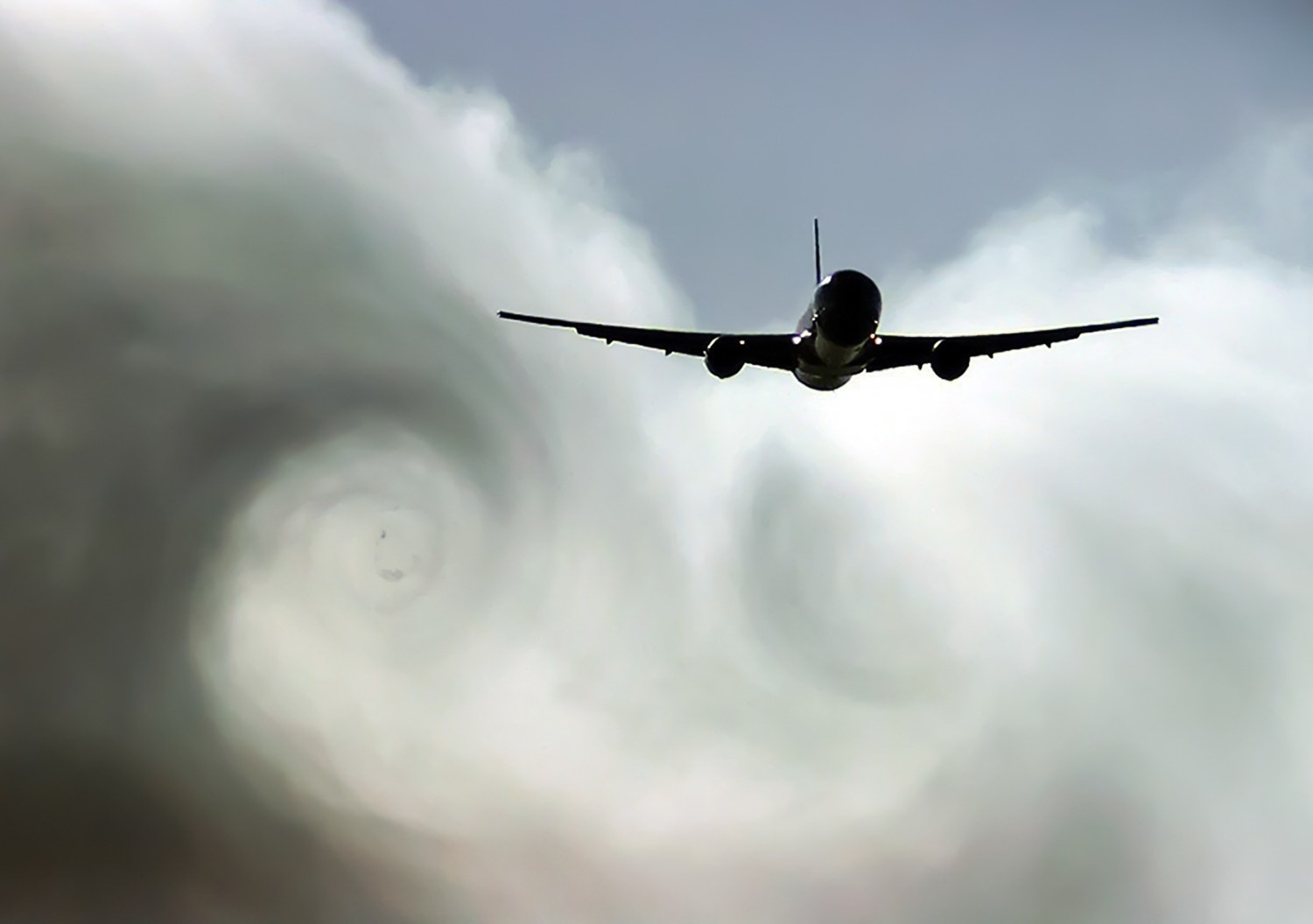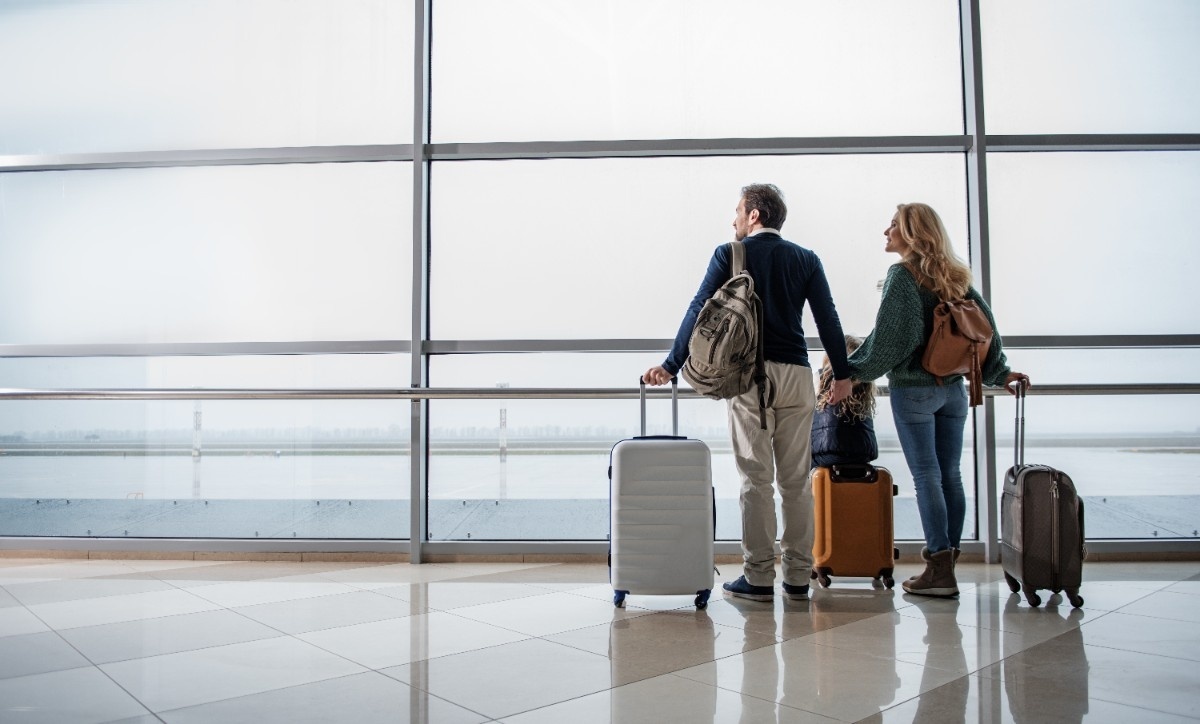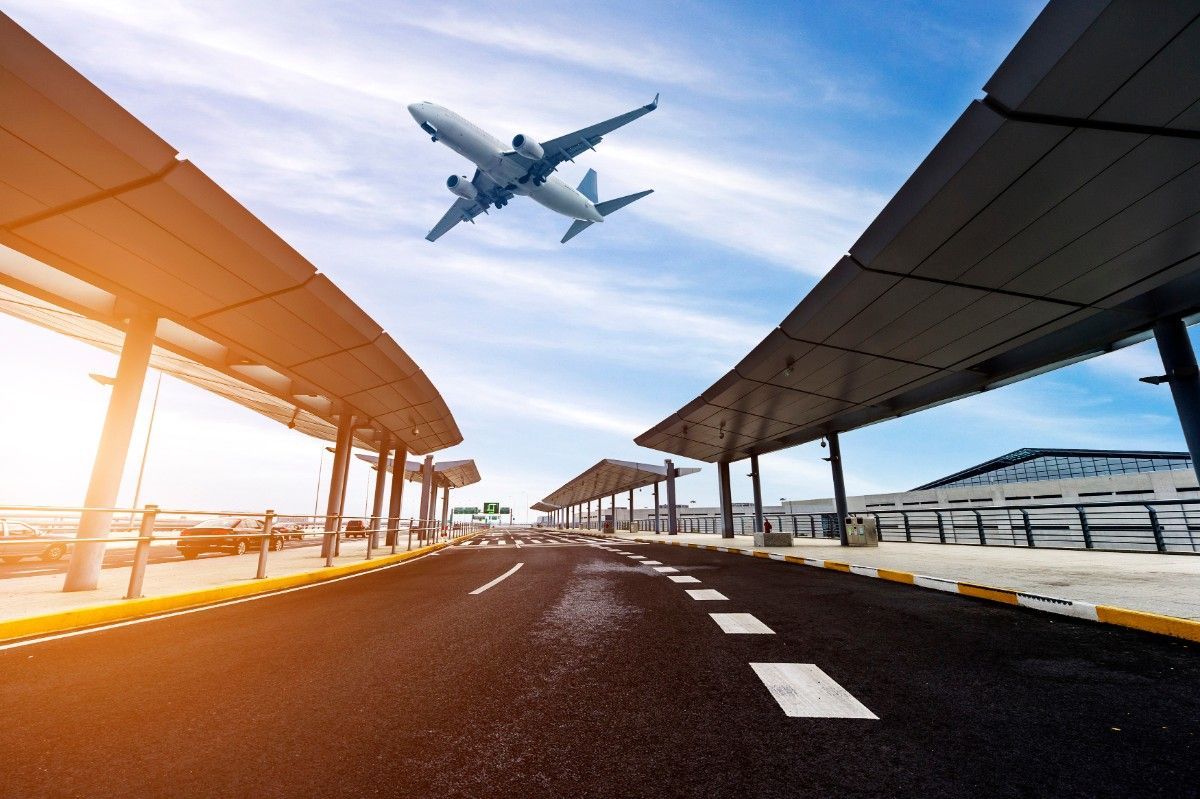Insights into the world's bumpiest air routes and airports

Unveiling the turbulence rankings
Buckle up, travelers! Turbli, a leading turbulence forecasting company, has unveiled its latest findings on the most turbulent airline routes and airports globally. Crunching data from NOAA and the UK Met Office, Turbli has identified the hotspots for air turbulence, shedding light on the factors contributing to these bumpy rides and offering reassurance to nervous flyers.
Global turbulence patterns
Surprisingly, North America didn't crack the top 10 list for the bumpiest routes worldwide, with turbulence levels on U.S. routes and airports ranking relatively lower. However, the title for the most turbulent flight for two consecutive years goes to the route between Santiago, Chile, and Santa Cruz, Bolivia, traversing the Andes Mountains. This highlights a commonality among turbulent routes: the presence of mountain ranges and airports situated near water bodies.
Analyzing turbulence trends
Turbli's analysis, conducted twice daily at 1 a.m. and 1 p.m., examined turbulence patterns across 150,000 of the most frequently traveled air routes. Despite the alarming image turbulence may conjure, Turbli categorizes the yearly average turbulence levels as predominantly "light," measured by the eddy dissipation rate (edr) or turbulence intensity. Notably, the size of the aircraft plays a role in how turbulence is experienced, with smaller planes subject to more pronounced effects.
Understanding the Jet Stream's impact
The top-ranking turbulent routes across North America have seen fluctuations, influenced by dynamic atmospheric phenomena like the jet stream. The jet stream, a high-altitude river of fast-moving air, acts as a major contributor to turbulence. Its position shifts according to weather patterns and climate cycles such as the El Niño-Southern Oscillation and the Arctic Oscillation, impacting flight paths and turbulence hotspots.
Embracing turbulence dynamics
Planes often capitalize on the jet stream's swift currents to enhance travel efficiency, sometimes reducing flight times by significant margins. However, the variability of the jet stream, coupled with atmospheric conditions, can generate eddies and turbulence, akin to bumps in a smooth road. Understanding turbulence as a natural phenomenon resulting from irregular air movements can help alleviate apprehensions among passengers.
Adapting to changing conditions
Shifts in turbulence patterns, as observed in the transition from 2022 to 2023 due to El Niño, underscore the dynamic nature of atmospheric conditions and their effects on air travel. Turbulence hotspots are not confined to specific regions but can manifest unpredictably, influenced by interactions between the jet stream and geographical features like mountains.
Identifying turbulent airports
In addition to routes, Turbli's research also identifies turbulent airports, with clusters around mountain ranges such as the Sierra Nevada and the Rocky Mountains topping the list. Notable inclusions are Denver and Portland, which exchanged the top two spots in 2022, along with airports in Las Vegas and Greenland, known for their unique atmospheric conditions.
As travelers navigate the skies, armed with insights into turbulence patterns and contributing factors, they can approach air travel with greater confidence and understanding. Turbli's ongoing monitoring ensures that the aviation industry remains informed about turbulence dynamics, facilitating safer and more efficient journeys for passengers worldwide.
Latest posts
Could a flight delay cost you your job or career?
Flight delays are not just annoying they can derail careers. See how missed connections impact professional lives.
Can you sue the weather? Legal limits of delay claims
Weather delays frustrate travellers, but can you claim compensation? Exploring legal grey areas in flight disruptions.
Can AI be fair in deciding passenger refunds?
Airlines are using AI to decide flight compensation, can algorithms be trusted to treat passengers fairly?












